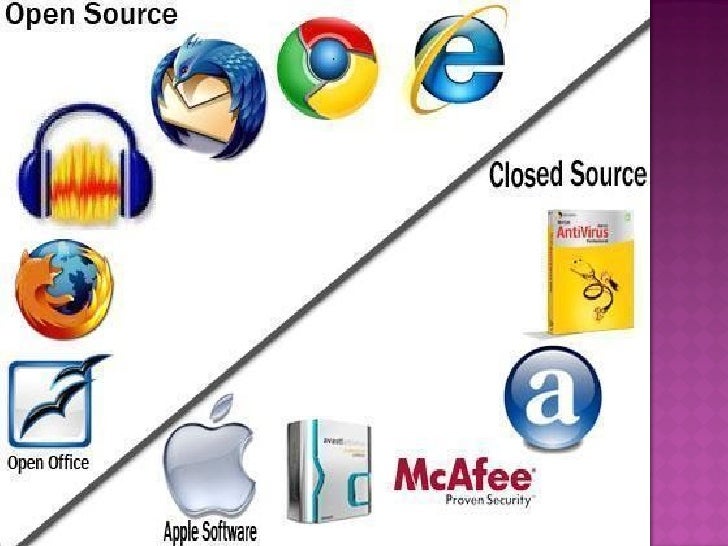Public Domain Software Requirements
- Public Domain Office Software
- Public Domain Software License
- Public Domain Software Sites
- Public Domain Software Requirements Download
- Public Domain Software List
Sometimes the term 'open source (OS)' is used interchangeably with 'public domain (PD)' software, but they're not the same thing.
Jul 24, 2018 SharePoint Server 2019 requires a minimum of an Active Directory 2003 native forest and domain functional level. Minimum software requirements for SharePoint Server 2019. SQL Server products and all future public updates are supported through the SQL Server product lifecycle. Public-domain software. Software in the public domain can be modified, distributed, or sold even without any attribution by anyone; this is unlike the common case of software under exclusive copyright, where software licenses grant limited usage rights. Apr 01, 2005 public domain software: Programs that are uncopyrighted because their authors intended to share them with everyone else are in the public domain. The UNIX community has developed a number of such programs over the years. Programs in the public domain can be used without restriction as components of other programs. When reusing such code, it is. Public domain software is any software that has no legal, copyright or editing restrictions associated with it. It is free and open-source software that can be publicly modified, distributed or sold without any restrictions. SQLite, I2P and CERN httpd are popular examples of public domain software. Aug 27, 2019 Both public domain and open-source software allow users to access and alter the source code of the software for the program itself. Source code is basically a list of commands that dictate how the program executes.
Both public domain and open-source software allow users to access and alter the source code of the software for the program itself. Source code is basically a list of commands that dictate how the program executes.
However, some open-source applications have restrictions on their use and distribution where the public domain software does not. Open-source software does have copyrights. The copyright specifies how the user may change and distribute the software.
Copyrights or Use Restrictions
The key distinction between OS and PD software is not whether the source code is accessible to the user. Instead, the difference lies in whether there are any licensing requirements or other restrictions on using, altering the source code, redistributing the program, or on the copyright. If there are limitations, it is open-source, not public domain software.
Open Source Initiative (OSI), a 501(c)(3) California-based nonprofit, approves open-source copyrights. They offer a very detailed and legal definition of open source software, who can use it, and how. They also have an alphabetical listing of companies that offer open-source software if you wish to investigate a particular company. OpenSource.org is a great place to find out more about how you can develop, collaborate and use OS software. OSI-approved copyrights will detail four basic freedoms:
Public Domain Office Software
- Changing the code
- Using the software for any purpose
- Making new software based on the underlying for your own use
- Sharing the software

On the other hand, public domain software does not carry copyright or patent—although most could if they wished. In some cases, the creator decided not to copyright—disclaimed—or the copyright may have expired. The software can be used, changed, and shared without further permissions. However, credit should always be given to the intellectual property of the creator. Most creators release their free, public domain software under the GNU- GPL general public license.
Other Important Distinctions
OS software is jointly-developed and can be freely shared, used, and even changed by anyone as long as it adheres to the OSI copyright. OS is developed through the contributions of many and distributed under licenses that must comply with certain criteria for use. The license cannot discriminate against anyone. In other words, you cannot bar certain groups of people from using the software. It must allow for derived works.
You may also see the terms shareware associated with software applications. Shareware is low or no-cost software but will require registration and perhaps fees for the full version. Freeware may also come at a small fee and are usually small applications without user support. You may not be able to directly modify or share either shareware or freeware.
Public Domain Software License
Examples
Public Domain Software Sites
Open-source software comes in all shapes and sizes and can serve multiple purposes. Examples include LINUX, Apache, Firefox, KOffice, Thunderbird, OpenOffice, KOffice, and SquirrelMail. Firefox is a simple web browser, whereas LINUX is more complicated. It's a UNIX-based operating system. OpenOffice is an office suite offered by Apache.
In the case of OpenOffice, you can download and install the program on pretty much any computer for free—even if you install it on multiple computers. You can also make copies and hand them out to friends and family. There are no license fees. Use it as you would any other word processing, spreadsheet or database program. And if you have a problem—such as that a bug pops up—or if you think you can make it better, you can report it or just tweak the issue yourself on your copy. The program allows users to 'enhance' it, according to Apache.
Public Domain Software Requirements Download
Secure Hash Algorithm 3 (SHA-3) is an example of public domain software. SHA-3 is used to convert data of various sizes into a fixed format size. Castle Doctrine, is a puzzle and strategy game developed and released into the public domain in 2014.
Is It Safe?
Public Domain Software List
Anytime you allow access by multiple users, the issue of viruses arises. Proceed with caution and make sure you have a good anti-virus application in place when you access open-source or public domain software.
